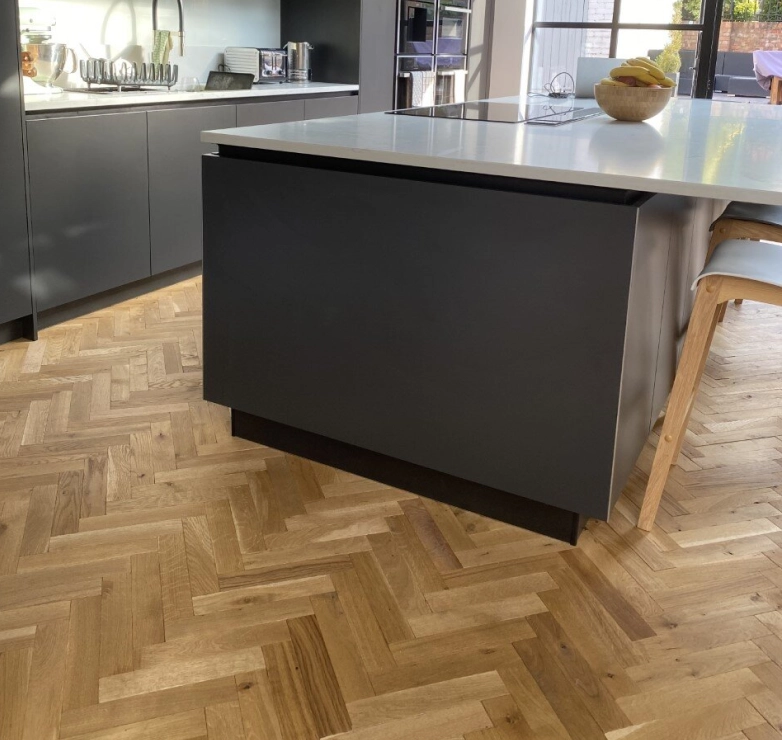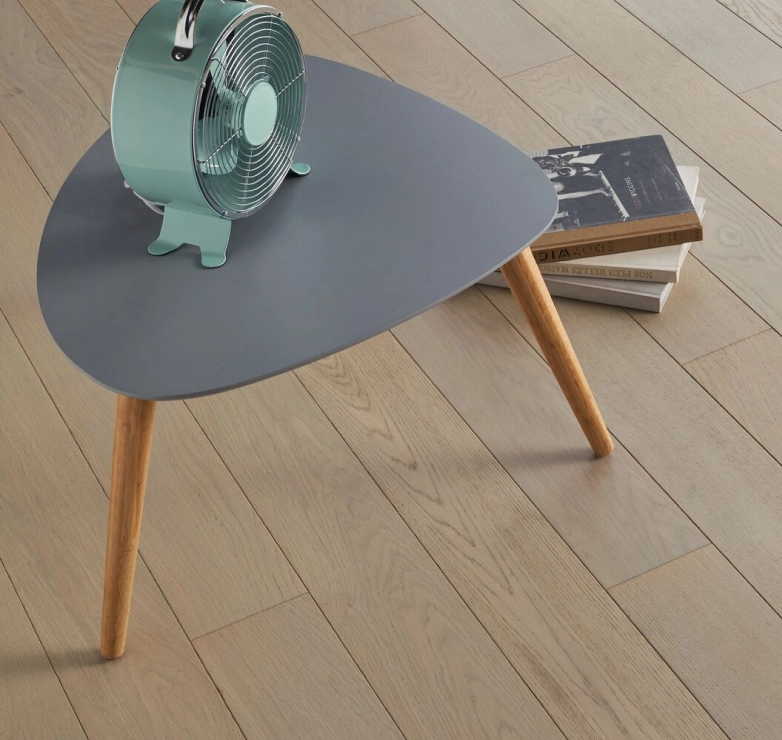Can wood flooring get discoloured from too much sunlight?
In short, yes, exposure to direct sunlight can be damaging to hardwood floors.
The ultra-violet light (UV rays) from the sun destroys the wood’s lignin - a component of the wood that hardens and strengthens the cell walls - causing photo-oxidation which leads to colour deterioration in the wood.
This can transpire in one of three ways: fading, darkening or lightening of the wood colour.
The speed at which wood reacts to direct sunlight exposure varies depending on the wood species. Exotic woods, like Brazilian Cherry, react a lot faster and turn a lot darker, whereas domestic woods, such as Maple, generally react at a slower rate and will lighten in colour.
You should also consider that the finish applied to the wood floors can also play a role in how it is impacted by direct sunlight.
The best ways to minimize the damage caused to your wood floors by direct sunlight are to:
- Regularly rearrange your furniture so that the areas of your flooring covered by rugs or sofas get some exposure which will even out the discolouration process resulting in a consistent colour throughout the room
- Limit the exposure that your wood floors have to sunlight by using window coverings such as blinds, curtains and drapes to block out the sun when it gets too strong
- Install specialist windows known as low-e glass windows. These windows have a coating that limits the amount of UV light that passes through them
- Finish your floors with a product that will slow down this fading process such as a Pallmann finish or anything high-end and water-based




